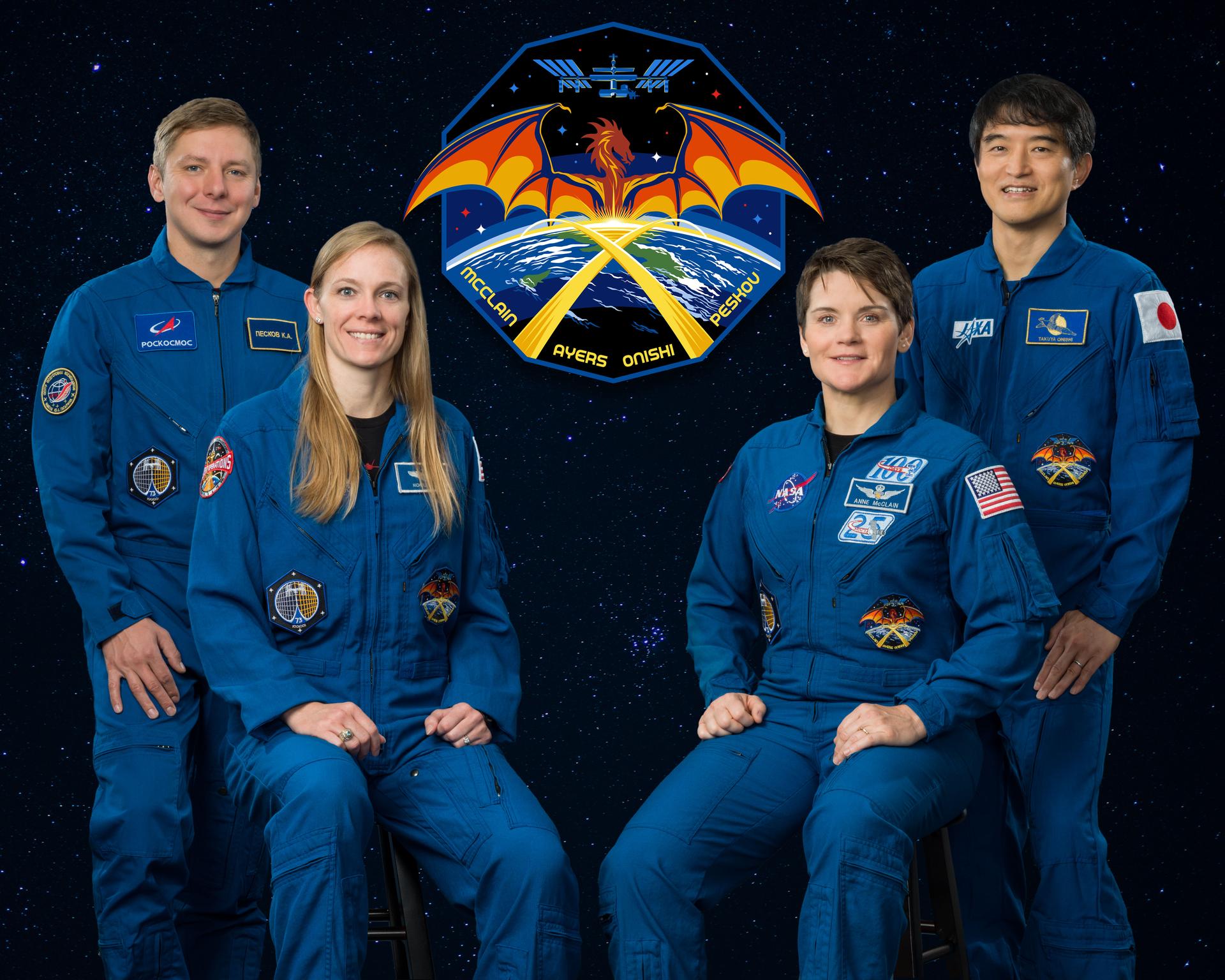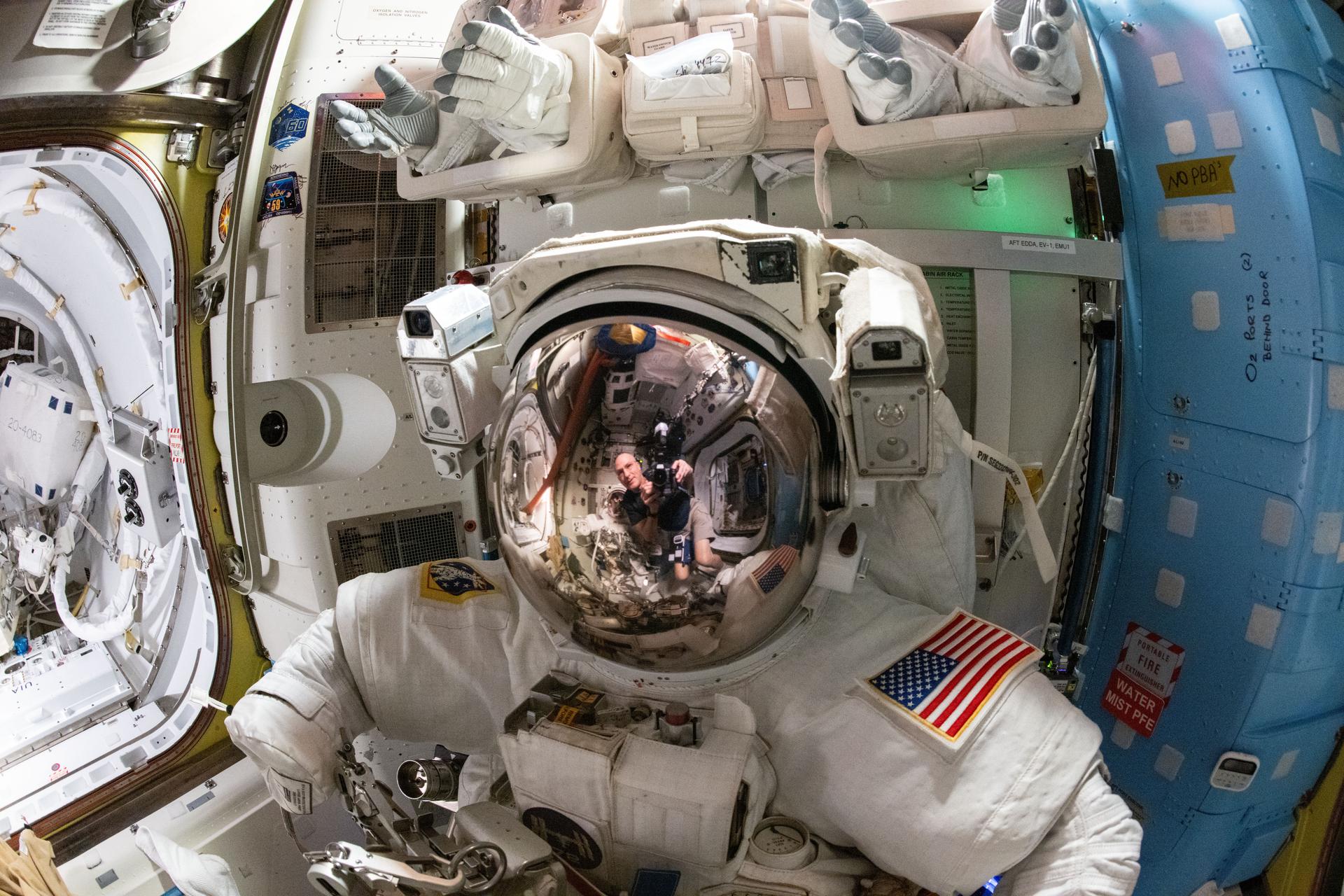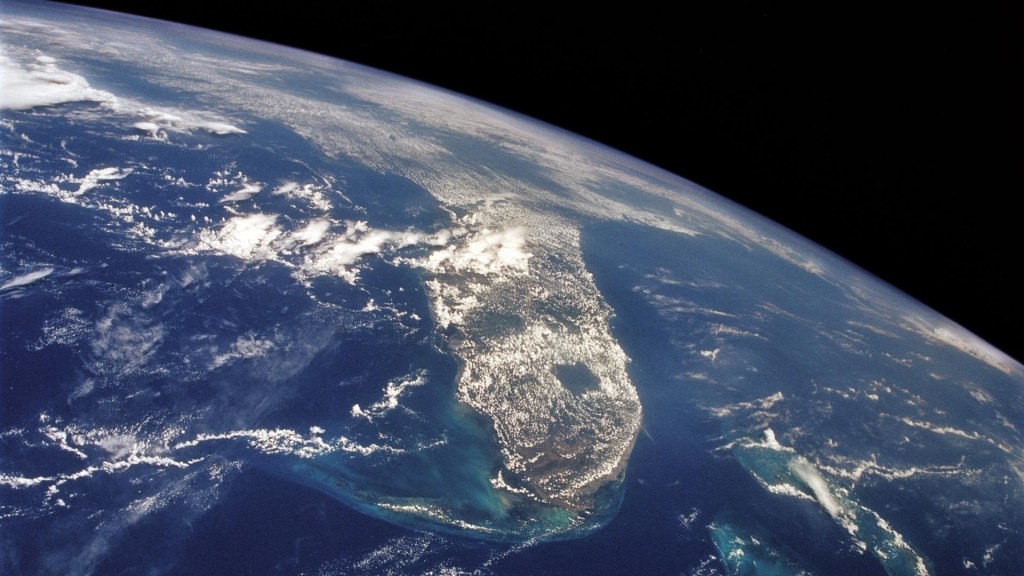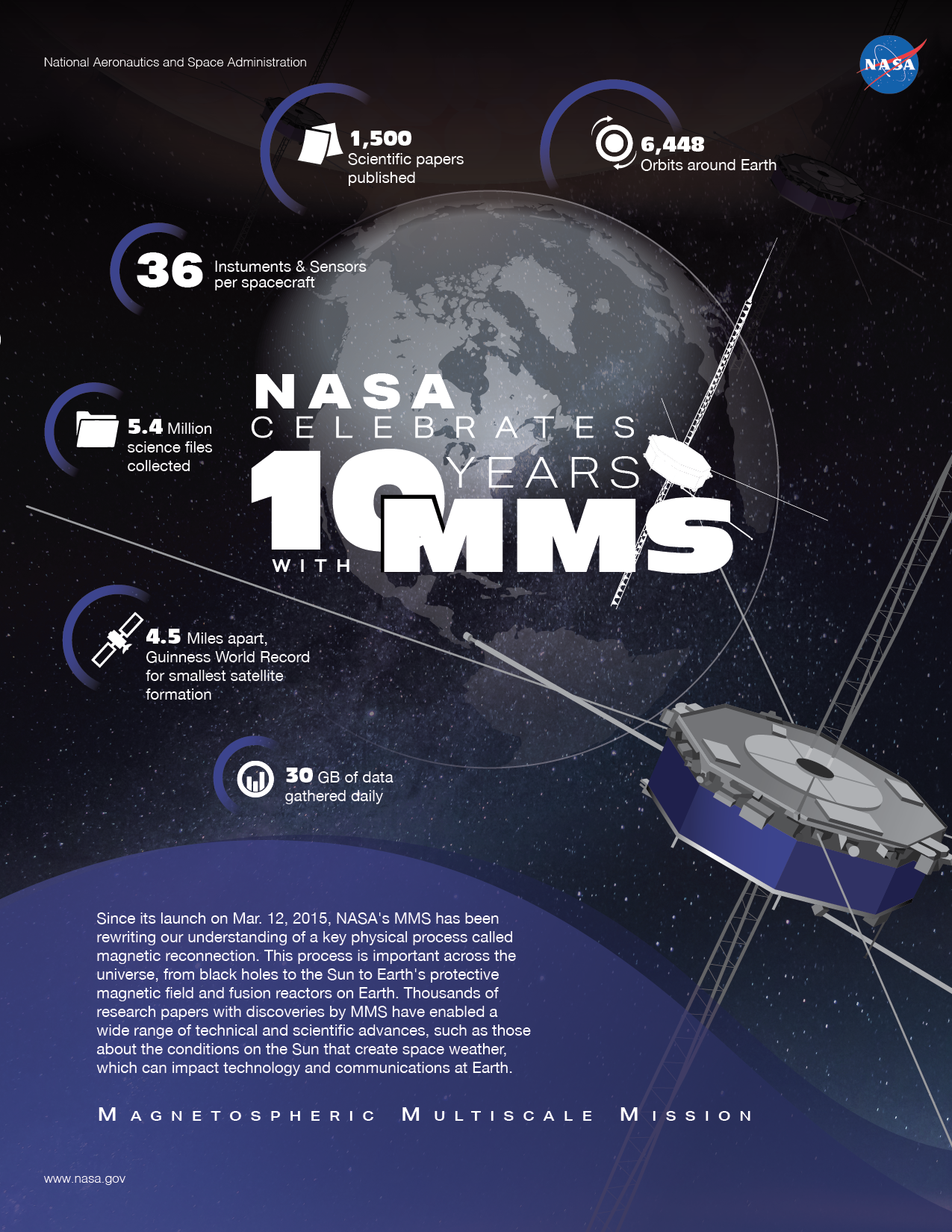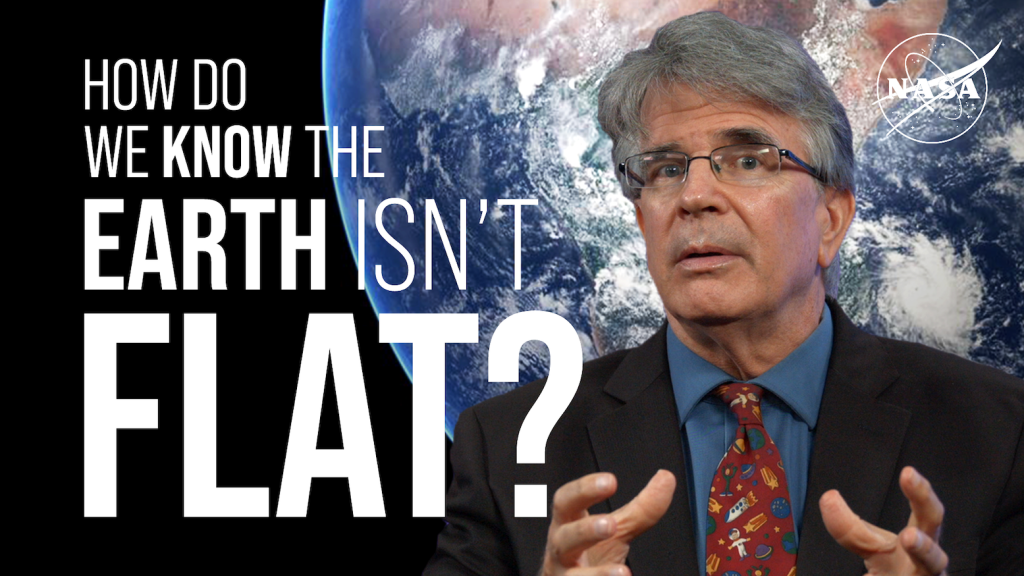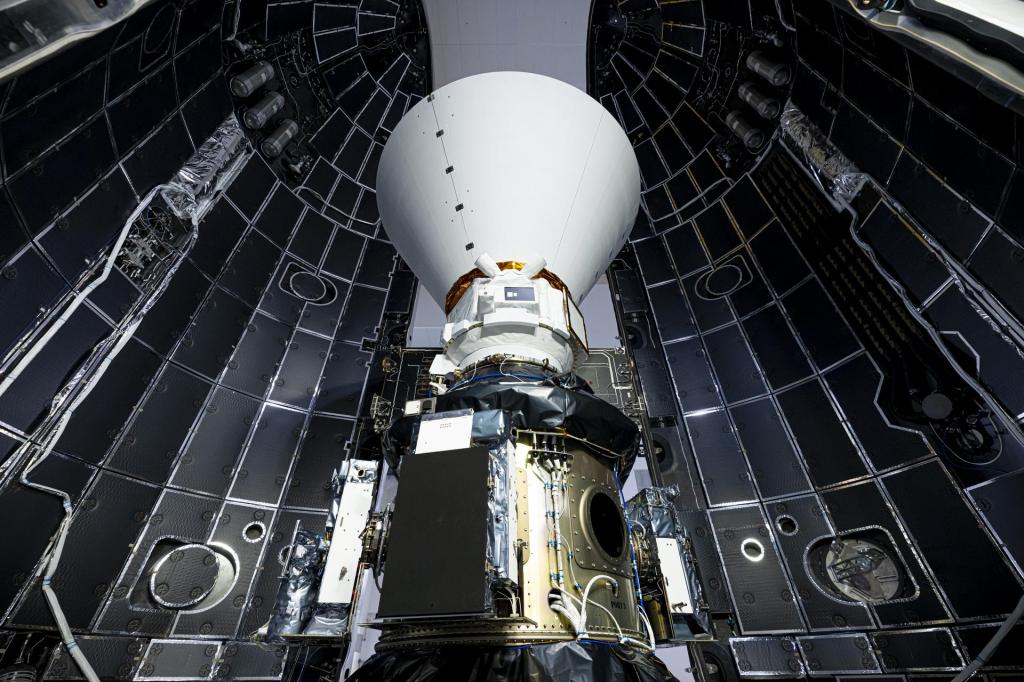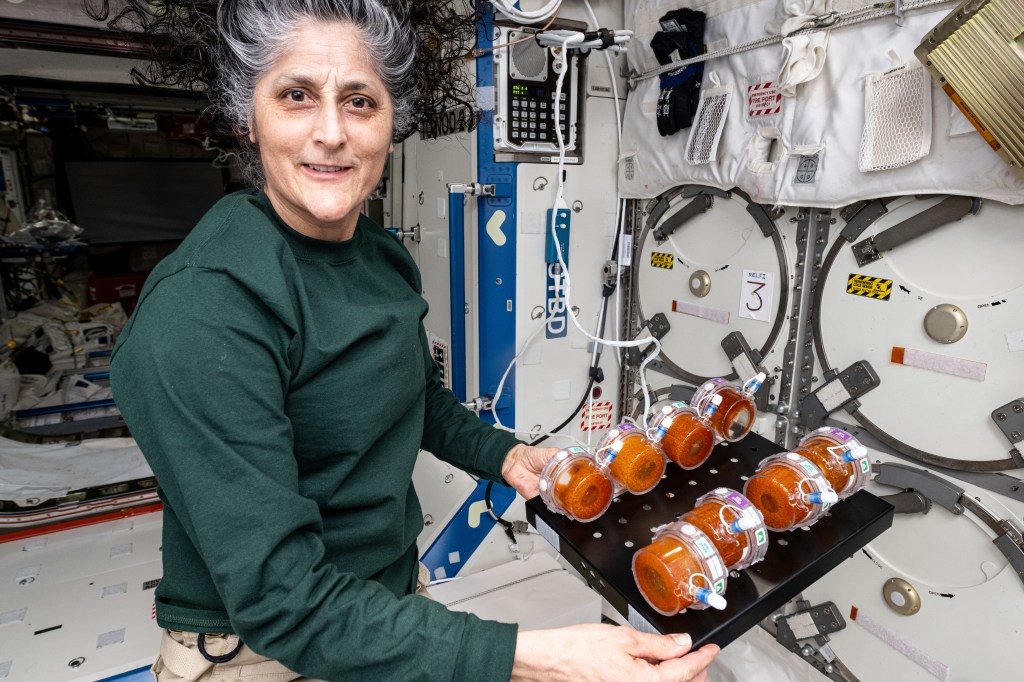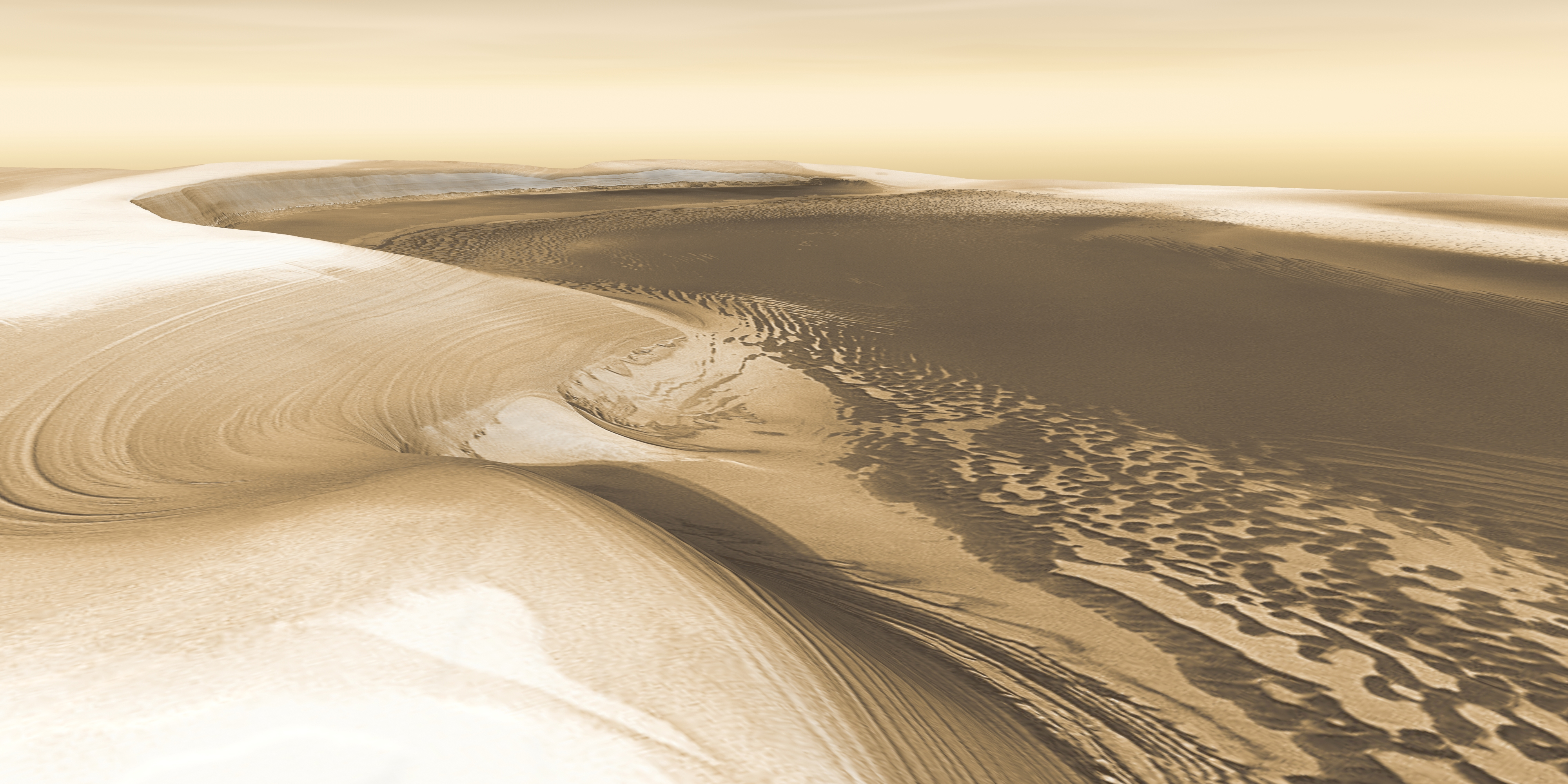
From diving in Antarctica’s ice-covered lakes to exploring Mexico’s Cave of the Crystals, NASA astrobiologist Chris McKay has been searching for life in a wide variety of extreme environments on Earth. He’s also working on an idea to send a probe called Icebreaker to the polar caps of Mars. Beyond merely finding life on another planet, he’s excited about the idea that potential life on a place like Titan, with a totally different chemistry than ours, could have arisen independently from life on Earth. Learn about Chris’s exciting fieldwork and the concept of life’s “second genesis” in this episode.
Jim Green: Did life have a single origin in the solar system? Or could there be life on Mars that came about totally independently from life here on Earth? And how would we know that?
Chris McKay: And that’s one reason why I have a special love for Titan, because there’s no way anything that lives in liquid methane is related to anybody you know.
Jim Green:Hi, I’m Jim Green, chief scientist at NASA, and this “Gravity Assist.” On this season of “Gravity Assist” we’re looking for life beyond Earth.
Jim Green: I’m here with Dr. Chris McKay and he is a planetary geologist at the NASA Ames Research Center. His current research focus is on the evolution of the solar system and the origin of life. Welcome Chris, to Gravity Assist.
Chris McKay: Glad to be here, Jim.
Jim Green: Well, you’ve had a long and distinguished career in astrobiology. Where do you think you would look out into the solar system as being the best places to find life beyond Earth?
Chris McKay: I think the places that we’re most likely to find life beyond the Earth soon are Mars and Enceladus. And the reason is: those worlds have or had water, liquid water. We have clear evidence that there’s organic material present, nutrients needed for life like nitrogen, and a source of energy that life can use. So all the big boxes are checked for those two places. So those are the places where I’m focusing my energies in terms of trying to do a mission to search for life.
Chris McKay: A couple of important points that we learned from Cassini about Enceladus is that in that water, in that ocean that’s coming out into space, there are chemicals that are the sort of chemicals that many microorganisms use to get energy—so-called “redox couples,” for example, hydrogen and C02. Now that doesn’t sound like dinner to us human beings, but some microorganisms just love to eat that stuff. So a source of biologically available energy is important. And also, life needs nitrogen. Fertilizer is basically nitrogen. And we see that in the plume too.
Chris McKay: So the Cassini results have just been outstanding. They have really revealed the interior of Enceladus by an analyzing the plume and shown us that that interior is habitable. It’s very much like our own oceans. It’s very tantalizing and there are samples coming out into space, it’s almost too good to be true.
Chris McKay: I think the best thing to do next is fly through the plume. Now based on what we find there, we may decide we’d like to land or we’d even like to go diving into the ocean. But clearly the first step: fly through the plume, collect some material and see what it is.
Jim Green: Is the expectation that life would be microbial or something more complex?
Chris McKay: Well, the expectation is that it would be microbial for two reasons. One is when we look on Earth at environments like what we expect Enceladus, what we find there are microbial life. What are the kinds of organisms that eat hydrogen and CO2 and make methane? Well, they’re microorganisms. The other reason is that we don’t expect Enceladus to have oxygen in its ocean. And all large forms of life on Earth require oxygen. So what we’re planning for and what we’re developing instruments to look for is microbial life. Now, one of the things we’ve certainly learned from planetary science is: be surprised. One of the reasons I like the field is because we’re often wrong and often surprised.
Jim Green: What about Europa? Is that a good place to go looking for life, or would you rather go to Enceladus?
Chris McKay: Well, I think we want to go to Europa. And what we need to do there, what we need to do at Europa is do what Cassini did it at Enceladus. Was…show that there’s organics show that there’s biologically available energy and show that there are nutrients like nitrogen containing compounds. We know that there’s water, but we need to check those other boxes, too. And I think, and I’m hopeful that the Clipper mission which is being built and will go on its way, will do just that. So I think Clipper will be for Europa, or I hope, what Cassini did for Enceladus and really open up our eyes to what the potential is for life and how to go about searching for it.
Jim Green: So you know, Titan is also another exciting moon at Saturn. And what do you think about its opportunity to be able to harbor life?
Chris McKay: Well, Titan is in a category all by itself. All the other targets that we’re working on for life are interesting because they have a liquid and that liquid is water. Or they had a liquid. Titan has a liquid. It’s all over the surface. It’s the only world that has beaches besides the Earth.
Chris McKay: But that liquid’s not water. It’s liquid methane. Now that is interesting and challenging. It’s challenging because we have no idea how life could use liquid methane as a substitute for water. We can barely understand life with liquid water.
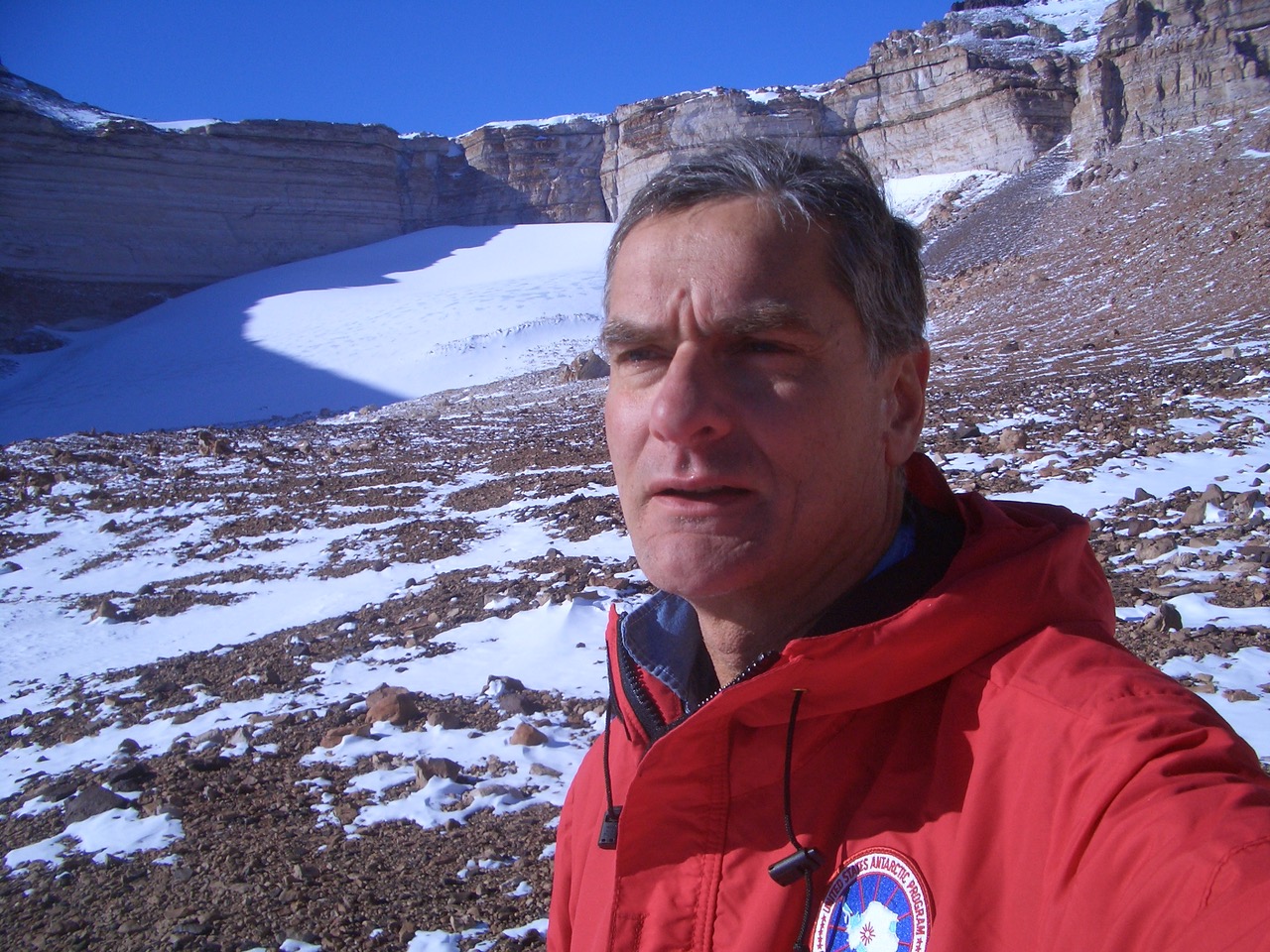
Chris McKay: But it’s interesting because if we were to find life on Titan growing and liquid methane, that would tell us not only that life is widespread in the universe, but that it’s really diverse. That it’s weird. There are weird forms of life. With just Titan and Earth, we don’t know who’s the weird one, is it them or us? But it tells us that the universe is full of life and it’s full of diverse life. To me that is the best possible outcome of our exploration. That we go to Titan, we find life, and we find it is so different that it’s clearly a second genesis.
Jim Green: Chris, when you talk about a second genesis, what exactly do you really mean and what would it look like?
Chris McKay: Well, we can say clearly what we mean by a second genesis. We mean life that had a separate origin than life on Earth. The challenge is how would you recognize it? How would you know that it’s different? That’s really the hard part. And the answer that we’ve come up with so far is if we look at life on Earth, we see certain patterns that are completely and 100% universal to all life on Earth. For example, all life on Earth uses only lefthanded amino acids in the formation of its proteins. So all life uses proteins. And it only uses left-handed amino acids in those proteins, but proteins come in both right and left handedness. Life on Earth has chosen, on Earth, has chosen the left handedness.
Chris McKay: Suppose we go to Mars, we find molecules that we think are biological and contains a lot of amino acids and they’re all righthanded. I would argue that that is a persuasive evidence that that life form is completely different than life on Earth. That it drives on the other side of the road. And that is such a fundamental difference in biochemistry that it has to represent a separate origin and a separate evolutionary path. There may be more, and it may be a combination of many things like this that tells us that, yeah, this has similar biomolecules in us, but it represents a completely different way of encoding that information. It really is a second genesis.
Chris McKay: And that’s one reason why I have a special love for Titan, because there’s no way anything that lives in liquid methane is related to anybody you know.
Jim Green: Right.
Jim Green: We have what I would call a lot of circumstantial evidence that there may be life out there, but until we get it here, get it in our laboratories and can really examine it in many different ways with many different tools, we’re not necessarily going to be sure. We also are about ready to launch the Perseverance rover along with its helicopter Ingenuity to Mars. They’re going to be creating samples and we are going to bring those samples back. So we’ll have an opportunity to look for life in the rock record. But there are other places on Mars that we ought to be going. There’s things that we ought to be doing. What is the next best idea to be able to look for life on Mars?
Chris McKay: Well, one of the missions that I’ve been looking at, and I’m interested in is landing in the polar regions and drilling down to the ice on Earth in the polar regions. And I’ve specialized in the polar regions. I like it cold. In the polar regions. We find that ice is very good at preserving the biomolecules that life is made out of. So there we might find not just evidence of life, not just fossils, but the actual frozen remains of biomolecules. Think of the wooly mammoths in Siberia, frozen and preserved in ice. We want the microscopic ancient equivalent of those on Mars. And so going to the polar regions I think has, is very attractive from a scientific point of view. It’s very challenging from a technical point of view, because you don’t have long, the summer’s not very long. Sunlight’s not very bright.
Jim Green: Well you know the ice on the Mars polar cap, when we look at the spectrum of reflected light it tells us it’s CO2, but isn’t that just a veneer and don’t we believe that there’s an enormous amount of water trapped underneath that veneer of CO2?
Chris McKay: That’s correct. That’s correct. And if we look at the permafrost areas where there’s ice cemented ground, for example, at the Phoenix site where Phoenix landed in 2007 it’s 68 degrees North. That is clearly ice cemented ground just a little bit below the surface. And that’s water ice. And the interesting thing is at that site, a few million years ago when Mars was tilted more in its orbit, that ice could have been that ice cemented ground could have been muddy like the Arctic on Earth becomes in the summertime.
Jim Green: Oh wow. Yeah, I didn’t think of that. But you’re right. Yeah. So we really need some sort of ice interrogator mission to, to go back there and take a look at it.
Chris McKay: Right, right. And drilling through ice is very hard. Think of it as concrete. It’s dirt and ice cemented together. It’s very difficult to drill through. It’s hard enough doing it on Earth, it’s very challenging on Mars. That’s the technology hurdle that we’re focusing on is drilling into the ice. We call our mission Icebreaker for that reason.
Jim Green: Well indeed, as you say, drilling here on Earth, those are those locations on Earth for which they’re much like that which would be at Mars, gives you the opportunity to test your instruments. So what exotic locations have you gone to be able to do these tests and the field work here on Earth?
Chris McKay: Well that for the Phoenix site, for the Mars polar regions, the best analog, the site on Earth that is my favorite spot for testing instruments and technologies like the drill, are the high valleys of the dry valleys of Antarctica. These are very cold and very dry. When we think of Antarctica, most people think huge ice sheets and glaciers. Well listen, if you standing in the upper valleys of the dry valleys, it looks barren. There’s rocks and dirt. There’s very little ice.
Chris McKay: We have to hike to find water to get drinking water, but that is a good Mars analog for the Mars polar regions. It is the coldest desert, dry desert location on Earth and like on Mars the surface is dry, but underneath the surface there is ice cemented ground. We dig down to that ice cemented ground and we are doing the closest parallel on Earth to what we will hope to do on Mars. When we go back to the Phoenix site, that area and drill down and get into the ice instead of just reaching it, get into it.
Chris McKay: And what we’re finding in these high valleys is, it’s pretty tough for life there and we’re still working it, but it seems like that’s very close to the limit of what life can do in terms of cold and dry. And so it’s really, it’s at the edge of exploration. Is this a place where life can survive at all? A lot of extreme environments, we go there and yeah, it’s extreme, but it’s just full of life, right? Think of salt ponds, extreme salinity, purple with life, pink with life. Think of deep sea vents, very hot but full of life. Here we’re finding extreme environments where life, all forms of life, find it extreme. And so it’s a challenge. We don’t yet have the answer. Is this telling us that there could be life in the permafrost of Mars, or is it not?
Jim Green: Well, one of the things about that as you point out is because the axis has changed over time. It’s called the obliquity of the planet. We’re finding that in different locations would have been more temperate, so indeed maybe that ice was water. And then here on Earth where we go, where we find water, as you point out, you find life. So that may mean that maybe life is trapped in that ice so you have that opportunity even in the permafrost areas of Mars to find.
Chris McKay: Right.
Jim Green: Well you’ve been out on many field experiments and as you say, you’re planning to go back to the dry valleys. Would you be able to do that this year? I mean the summer is coming up in the November timeframe. Is that the perfect time to go?
Chris McKay: That’s right. We normally go to the Antarctic when it’s summer down there and it’s winter here and how that’s going to work this year is unclear. Everything is right now in a state of flux. But if things in a sense return to normal in time, then we might be able to still do our field work. But in the big scope of things, we’ve been working in the Antarctic for many decades now. And so, if we miss a year, we miss a year.
Jim Green: What would you say is one of your more unusual experiences while you’ve been out in the field?
Chris McKay: Well, I would think that the most unusual experiences we’ve had in the field, two of them come to mind. One is in the Antarctic where we under the leadership of Dale Anderson, our PI in one of the projects, we dive into ice covered lakes. So imagine a layer of ice. It’s almost 10 feet thick floating on top of a lake in a very cold remote environment. We drill a hole, a meter in diameter hole and we dive in and investigate the life at the bottom of that lake. It is really like entering into another world.
Jim Green:Ah!
Chris McKay: This environment is so isolated, so remote that there are no fish, there’s no tadpoles, there’s nothing swimming. If you didn’t understand the microorganisms, you would think it was lifeless. But it’s not. It’s teeming with life. They’re just microscopic. And the interesting thing we discovered is that in this lake in Antarctica, the microorganisms are building mounds that are about 10 or 20 centimeters high. And if you think of a microorganism that’s a millionth of a millimeter, building a mound 10 centimeters high, that’s [an] enormous scale difference between the things they built and the size of the organisms. It makes the pyramids look like an easy project.
Chris McKay: And these mounds, when the microorganisms die and the lake dries up, would be preserved, their organics would be preserved, the structures would be preserved and they represent potential evidence for what we might find for life on Mars or on the early Earth. So diving into that lake, the thing that I keep thinking is, this is like going back in time to the early Earth, three and a half billion years ago, when all that was here on Earth was microorganisms. And maybe at the same time it’s like going to Mars and finding what life was like on Mars back when it was only microorganisms.
Chris McKay: The second similar experience is going into a remote cave underwater chamber in Mexico, called the cave of the crystals. Which was a huge room with giant crystals, the size of telephone poles that had formed over millions of years. Very hot, very humid. We needed protective suits just like we did in diving. So, the cold extreme in Antarctica and this other worldly environment of an ice-covered lake and the hot extreme in this crystal cave in Mexico…
Jim Green: Okay, so then when you got into the cave, what are those crystals look like?
Chris McKay: They look like chandeliers. Gigantic pieces from chandeliers that have fallen down all throughout the cave. And they have grown up slowly over millions of years.
Chris McKay: And the main reason I was in the cave was to further research and try to investigate things without touching them.
Jim Green: Hm!
Chris McKay: If you think back, this was 10 years ago before Curiosity and before the development of remote sensing instruments on rovers, we were just beginning to think, “How could we analyze something without picking it up, without touching it?”
Chris McKay: So I asked myself: Is there some way to analyze them, look for microorganisms and organics in the crystal without chipping anything off the crystal? Treating it like it was a work of art. Like it was the Mona Lisa and you wouldn’t tear it up to analyze it. And so we went in there with a Raman spectrometer to see if we could characterize a mineralogy and look for organics and even biosignatures without sampling the crystal at all. And of course we could. It worked out very well, we were very pleased with the results. And this was part of the logic that led to the current focus on remote sensing instruments on rovers on Mars and so on. If we can sample things without touching them, it makes life on Mars a lot easier. And in this case in the crystal, there was a deeper motivation for wanting to do it.
Jim Green: Well many that do that have expressed the fact that they believe there’s more biomass below our feet than there is on the surface of the Earth. Now when you think about it, that means that life has got a tremendous hold here on Earth. And if that happened at Mars, and even though the surface life may not exist anymore, we may find evidence of life below the surface. Do you think we’d find it in aquifers or, or in deep areas on Mars?
Chris McKay: That’s a very important point. The subsurface may hold a larger biological signal than the surface on Earth and on Mars for sure. And so we need to look. Aquifers, any environment. I think our knowledge of the subsurface of Mars is so limited and our knowledge of how life spread on Mars is so limited that we have to take the approach: look everywhere, look wherever we can and everywhere we can. And if we find an aquifer, obviously that would be a hot place, very important place to go. Unfortunately, so far we haven’t found a lot. There’s some evidence of one underneath the polar regions, one of the polar caps, but searching for water is definitely the way to proceed.
Chris McKay: And if find subsurface water, if we find aquifers or if we find even ice that could have melted millions of years ago, or if we find high levels of hydrated minerals, those are all possible targets that we should investigate. I think we really should take the philosophy of: leave no stone unturned so to speak. It has a lot of stones. We should start unturning them.
Jim Green: Yeah, you’re right. Yeah, because you never know what you’re going to find underneath the stone. Yeah, indeed. Well, okay, let’s say you find it. You spent a significant amount of your research life developing instruments capability, thinking about deeply what we should be looking for. Now you’ve come across it. What do you think will happen next? What would your reaction be and what do you think about the public’s reaction? Are we ready for that discovery?
Chris McKay: My own answer to that question. My personal answer is we proceed very, very carefully. And the first thing we do is we remove from Mars all the spacecraft we’ve sent there, because they’re all harbor Earth contamination at some level. We remove it. That contamination isn’t growing, it hasn’t altered Mars, but it’s there with the potential to grow. These are dormant organisms that we know are inside all of our spacecraft. We remove them and then we think, what do we do? Do we still send humans to the surface? Do we leave Mars alone? Do we actively try to support and enhance the life that’s there. Now being a advocate for life, I favor the latter. We study that life. And once we understand what it needs, we try to help it. We try to make it more like life on Earth, spreading all over, deeply rooted, extending over all parts of the planet. We try to encourage its own biosphere.
Jim Green: Carl Sagan always said that if we did find life on Mars, we need to leave it to the Martians. But you know, as you point out, and we know the evolution of Mars has been from a blue planet now to a much more an arid planet. And if life exists, perhaps below the surface, maybe it’s in the waning era of its existence. And that’s something we would want to investigate, think about, to determine what its future is along with ours.
Chris McKay: Right. And my approach would be we’re from the government. We’re here to help.
Jim Green: Well, you know Chris, I always like to ask my guests to tell me what was the event or person, place, or a thing that got them so excited about becoming the scientist they are today. And I call that a gravity assist. So Chris, what was your gravity assist?
Chris McKay: That’s a good question, and the answer for me is very clear. It was coming to NASA Ames as a graduate student for a summer internship.
Chris McKay: They haven’t been able to get rid of me since. That’s where and when I decided that I was going to do astrobiology, although we didn’t call it that then. That’s where I got involved in the Antarctic work in the dry valleys. That’s where I started working with Jim Pollack and Brian Toon and other really, well, famous planetary scientists. And trying to understand the link between planetary science and the origin of life. It started at that summer. That was an eight-week experience and that was my gravity assist that Delta V that I got from that gravity assist has been carrying me forward ever since.
Jim Green: Well that’s fantastic. I really appreciate talking to you about some of these issues. You’re really right at the forefront of all that research. So Chris, thank you so much for joining me today on Gravity Assist.
Chris McKay: You bet.
Jim Green: Join me next time as we continue our journey to look for life beyond Earth. I’m Jim Green and this is your Gravity Assist.
Credits:
Lead producer: Elizabeth Landau
Audio engineer: Manny Cooper




